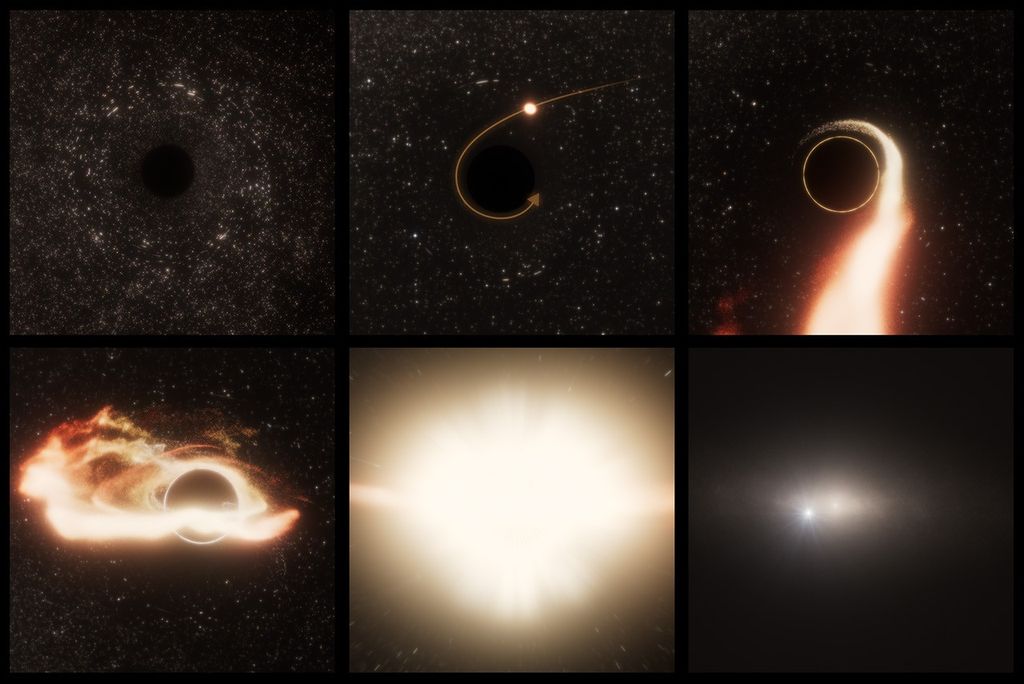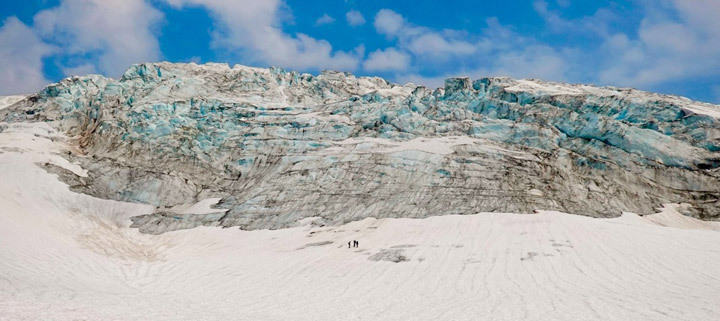Explore Mars’ Jezero Crater with NASA’s Perseverance Rover
| Credit | NASA/JPL-Caltech/ASU/MSSS |
|---|---|
| Language |
|
Perseverance Project Scientist Ken Farley points out highlights in this Martian panorama from the rover's Mastcam-Z instrument, including mountains that make up the crater rim, remnants of an ancient river delta that could preserve signs of ancient life, volcanic rocks, and boulders likely carried into the crater by the river in the distant past. The enhanced-color panorama was created from images taken on Nov. 28, 2021.
The color enhancement exaggerates small changes in color from place to place in the scene. This makes it easier for the science team to use their everyday experience to interpret the landscape. The sky on Mars would not actually look blue to a human explorer on the Red Planet, but pinkish.
Perseverance touched down on Mars on Feb. 18, 2021.
For more information on this panorama is available at https://photojournal.jpl.nasa.gov/catalog/PIA25022.
For more information on the Perseverance rover, visit https://mars.nasa.gov/perseverance.
TRANSCRIPT:
Ken: This enhanced-color mosaic from the Perseverance rover on Mars allows our team to walk right into the scene in Jezero Crater.
This is a combination of images taken by Mastcam-Z, so it’s incredibly rich in detail. The blue sky is an indication of the enhancement we’ve done to the image. If you were on Mars, everything would appear pink, including the sky.
By enhancing the image, we make it easier for the science team to use our everyday experience to interpret the landscape.
[Calm music] The mountains that you see in the background are the rim of the crater. They’re more than half a mile high and about six miles away. [calm music continues] That canyon was carved by a river about three and a half billion years ago, when the climate of Mars was very different from today.
The cliff-like brown hills you see here are more evidence of that river. These are part of the delta. When the river hit Lake Jezero, its mud and sand were deposited on the crater floor. One of the most scientifically interesting aspects of this mosaic is this whitish area here, which the science team has been calling “the bacon strip” based on its appearance. We think this is a layer of mud deposited on the lake bottom, now turned to rock.
That mud layer is important because it may be the best place to look for evidence of Martian life that could have lived in Lake Jezero. The large boulders on the delta are another interesting target for investigation by Perseverance.
The boulders very likely washed down from far up the river channel, from places too far away for the rover to ever go. They’re a gift that allows us to learn about what’s far beyond the crater. As soon as we’re done with our investigation on the crater floor, on smaller rocks, like these, which we think are volcanic, we’d like to move quickly to the delta.
But unfortunately, Perseverance has to take a longer route to avoid these sand dunes. [lively music]
Mosaics like this one help us learn more about the ancient Martian environment and provide new clues to where to seek evidence of ancient microbial life. We’re just getting started on our long journey through the crater. [music ends]






















